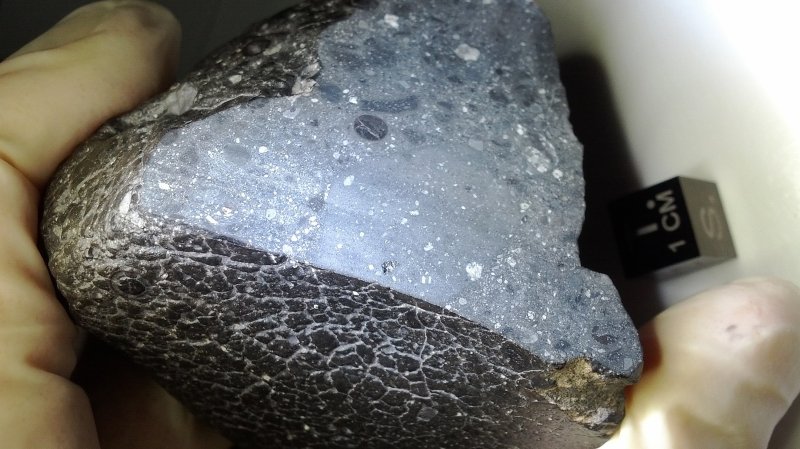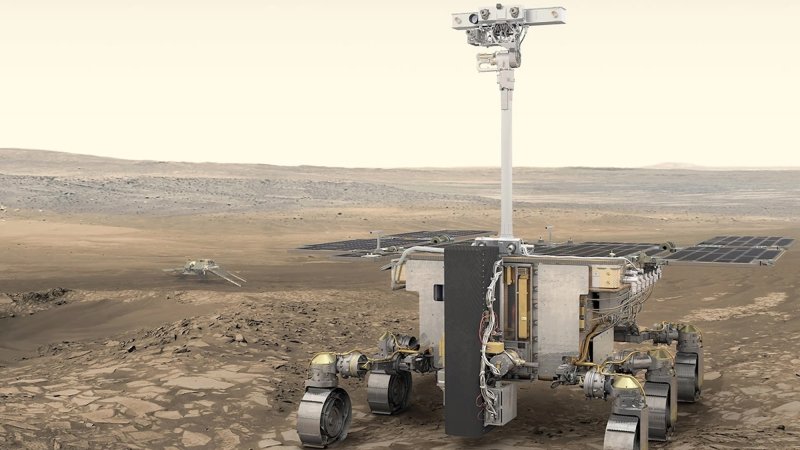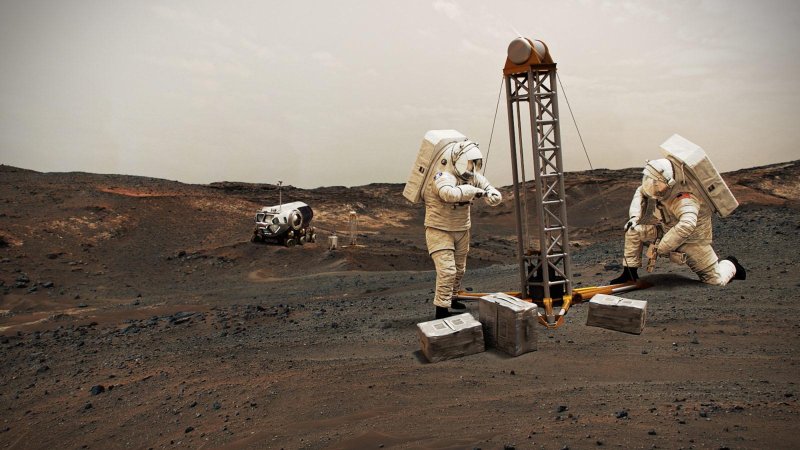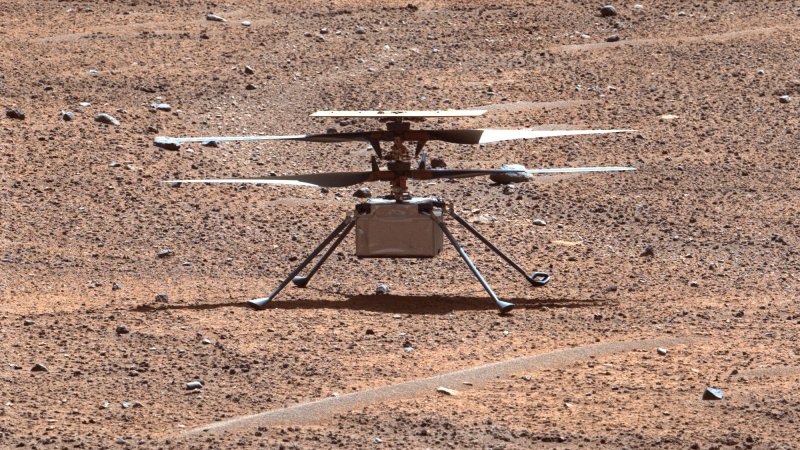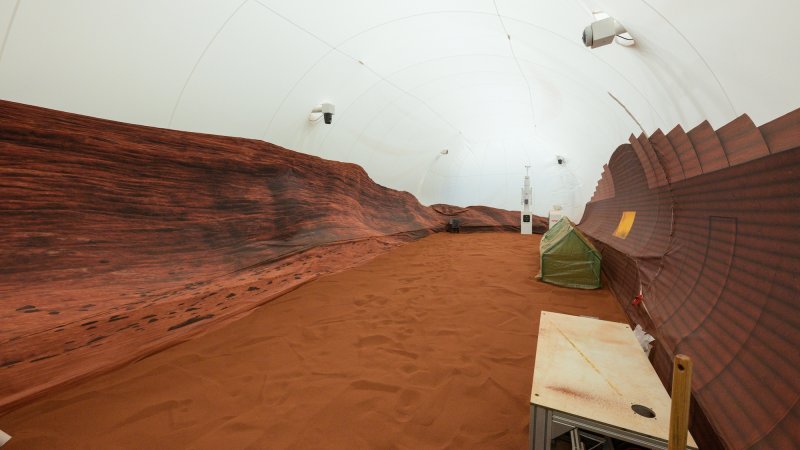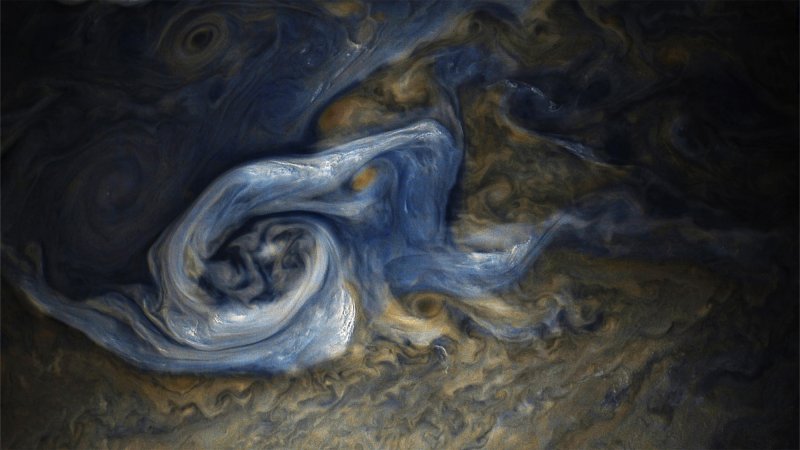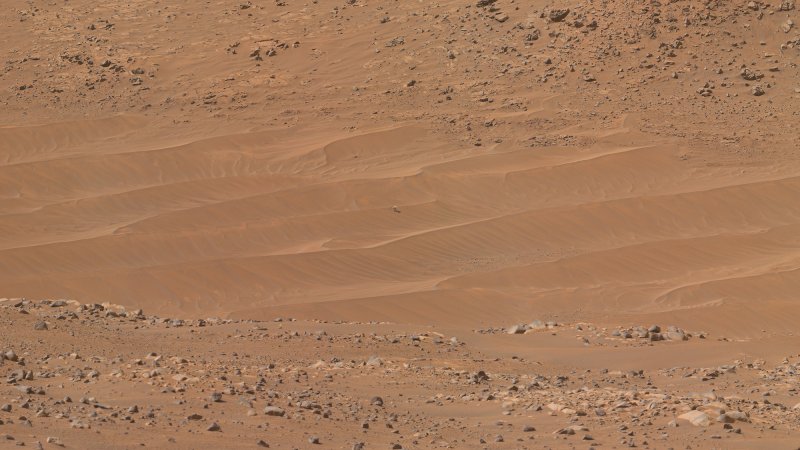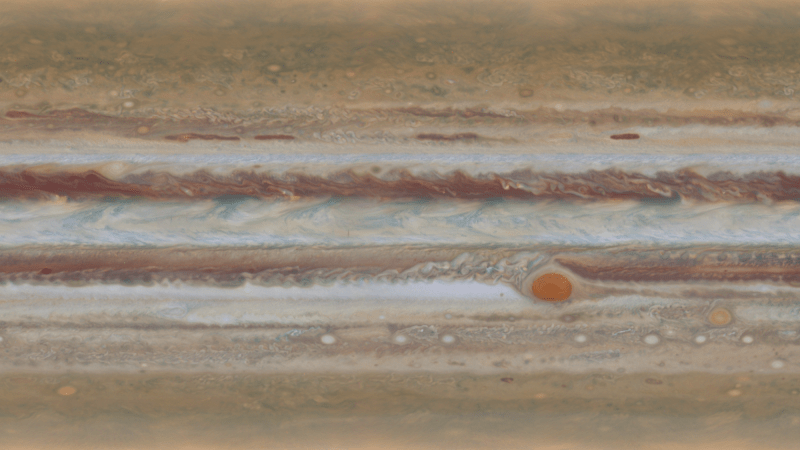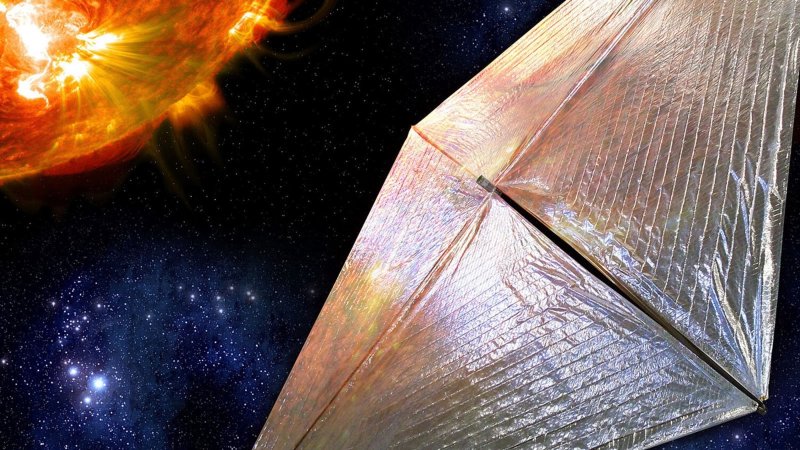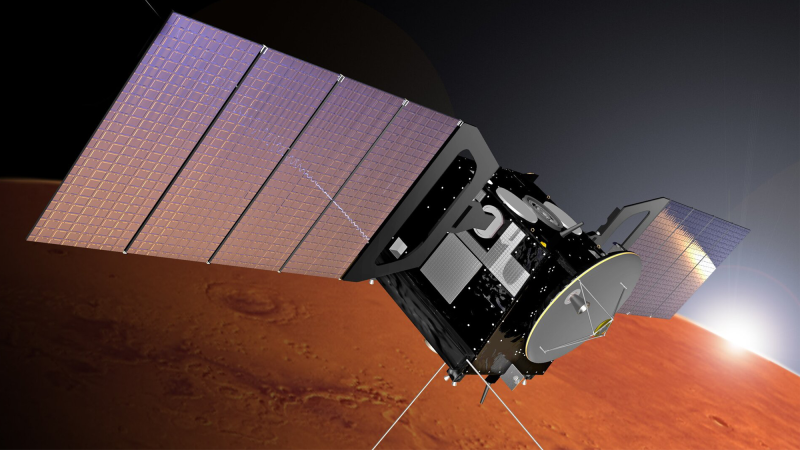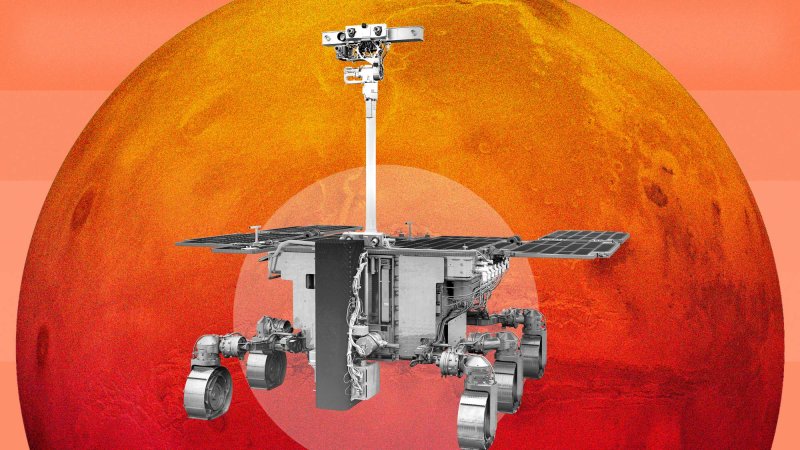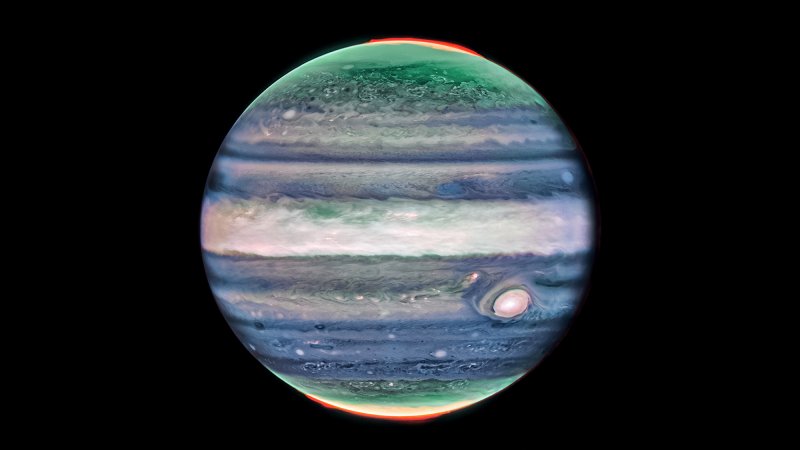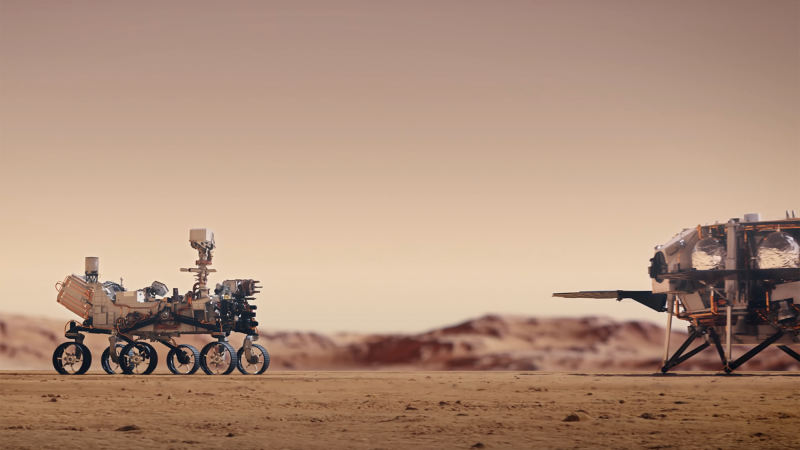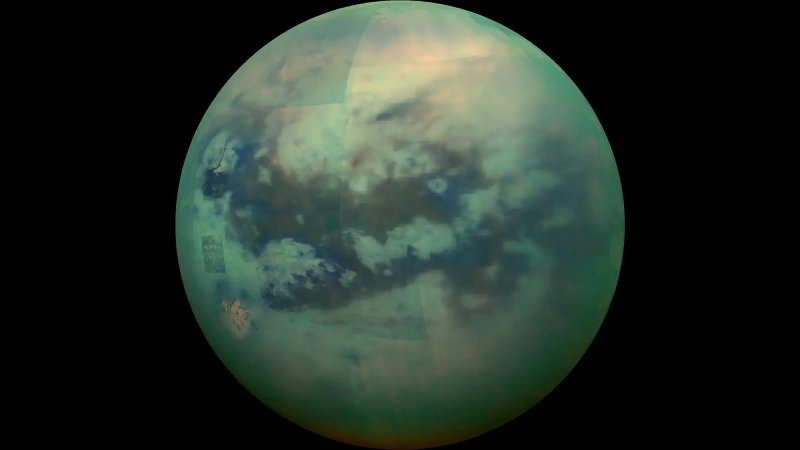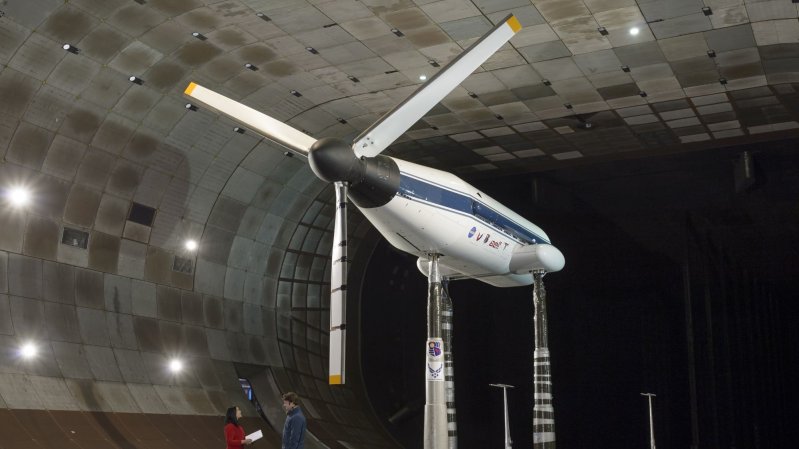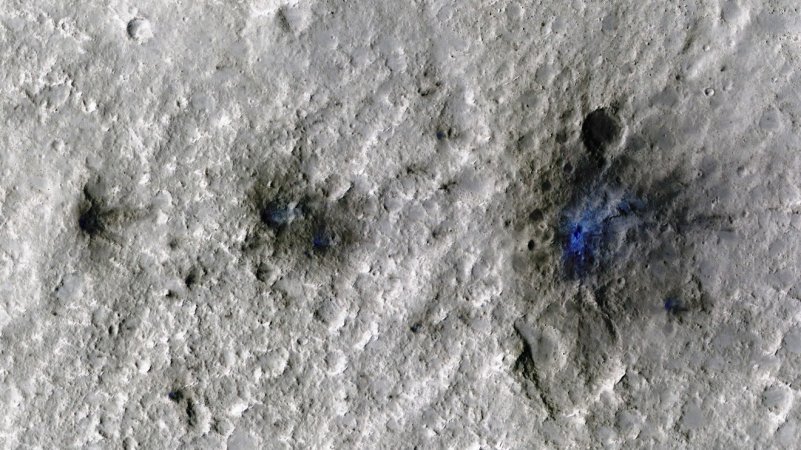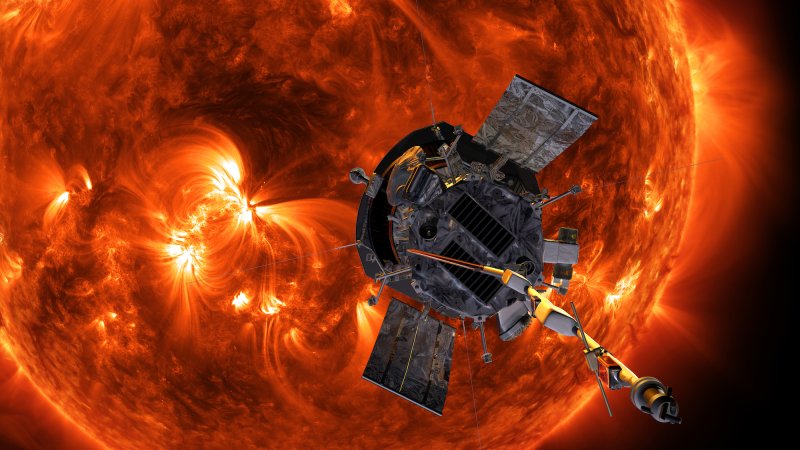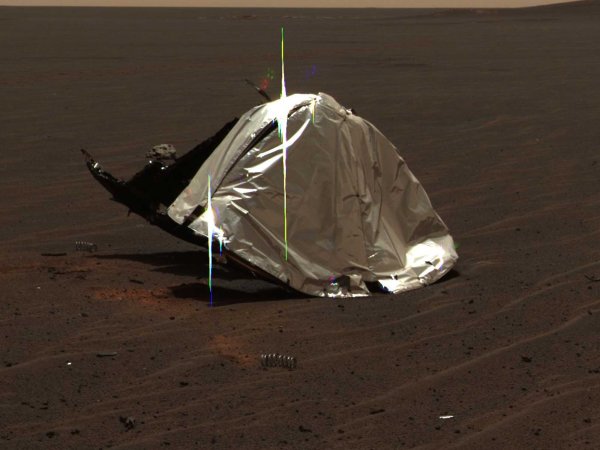

What’s the weather like on Mars? Beyond the obvious—it’s pretty cold, mostly—this has proven a difficult question to answer. Developing a detailed understanding of Mars’ atmospheric dynamics requires data on the turbulence that drives the planet’s weather—data that the various landers that have visited the Martian surface over the years have lacked the instruments to provide. However, a new paper published August 13 in the Journal of the Acoustical Society of America describes designs for devices that might be able to change this: sophisticated wind speed sensors sturdy enough to operate on Mars.
In 1976, the Martian wind was first measured by NASA’s Viking landers. The landers experienced a wind that mostly ranged from 0 meters per second (m/s) to 7m/s, with a maximum of 9.5m/s. More recent measurements from Insight and Perseverance are similar, at 0 m/s to 7.5 m/s and 0m/s to 12.1 m/s respectively. During a dust storm, Perseverance recorded the highest wind speed on Mars to date: a gust that reached 22 m/s. For comparison, a 2005 wind power survey calculated Earth’s average wind speed at 10 meters above sea level as 6.65 m/s over the ocean and 3.28 m/s on land; hurricanes are defined as storms with a wind speed of at least 34 m/s, and the highest ever wind speed recorded on Earth is 113 m/s.
However, the methods used by these landers had drawbacks. They were relatively inaccurate at slow wind speeds, and also lacked the ability to measure the wind in three directions. The latter issue was a particular problem because, like Earth’s atmosphere, the Martian atmosphere is turbulent. This turbulence is generated by eddies and updrafts of relatively warm gas heated by the planet’s surface during the day. The new paper explains that these eddies “are the dominant mechanism by which heat, momentum, and molecules are transferred from the surface.”
However, studying them requires, “a wind sensor that can resolve not only the horizontal winds, but also the generally much more gentle vertical winds and horizontal wind perturbations associated with the turbulent eddies.”
On Earth, such measurements are often made with ultrasonic anemometers, devices that work by sending pulses of very high frequency sound waves between a pair of transducers. As these sound waves propagate through the atmosphere, any movement in atmospheric gasses—including wind—will affect the time they take to arrive. Pulses sent with the wind will reach their destination more quickly, while those laboring against the wind will be slowed down. Measuring the difference between the times effectively measures the wind’s speed and if three pairs of transducers are arranged along three orthogonal axes, wind speed and direction can be measured in three dimensions.
Such a device would be ideal for studying Mars’s wind and atmospheric dynamics, but Mars is a challenging environment for sensitive equipment. The atmospheric pressure is only a fraction of Earth’s average atmospheric pressure. And the temperature can vary dramatically—the paper notes that an anemometer would have to operate in temperatures as low as -202°F and as high as 68°F.
Unfortunately, the transducers used in ultrasonic anemometers are often sensitive to pressure and temperature. To determine whether existing anemometers would be sufficiently robust for Mars, the researchers put four candidate models through their paces in settings designed to emulate the Martian environment. Two of these were commercially available models, and the other two were built by the authors.
The devices were, as expected, affected by the environment. However, by allowing for these effects, researchers were able to make measurements with strikingly low error ranges: as little as 0.14% for wind speed and 0.07% for the speed of sound. The speed of sound measurements are used to determine the speed of sound on Mars by averaging travel times in opposing directions.
According to co-author Robert White, this new method is, “10 times faster and 10 times more accurate than anything previously used on Mars.”
The paper also notes that there’s one place on Earth where conditions are comparable to Mars: in the stratosphere, and specifically in altitude ranges of between approximately 18.5 and 26 miles from the ground. High-altitude weather balloons operate in this range, and the researchers suggest that their anemometers could also have a secondary use for these balloons.
